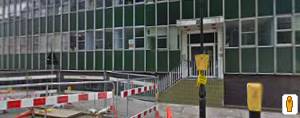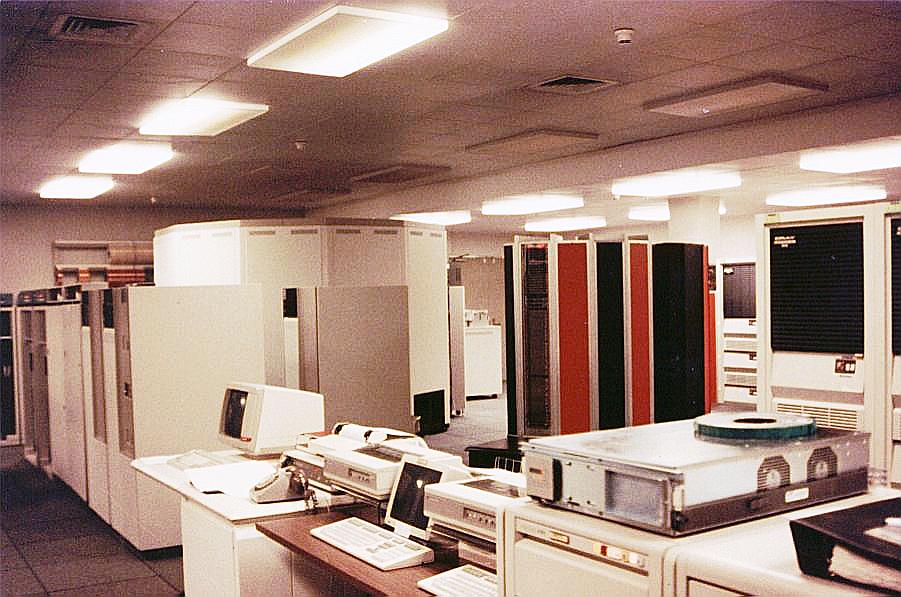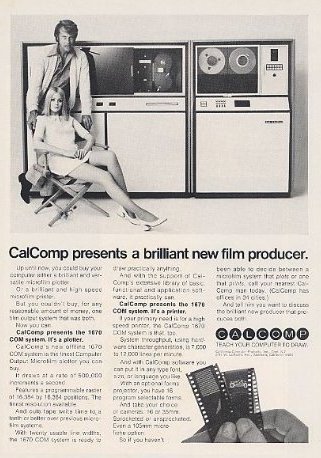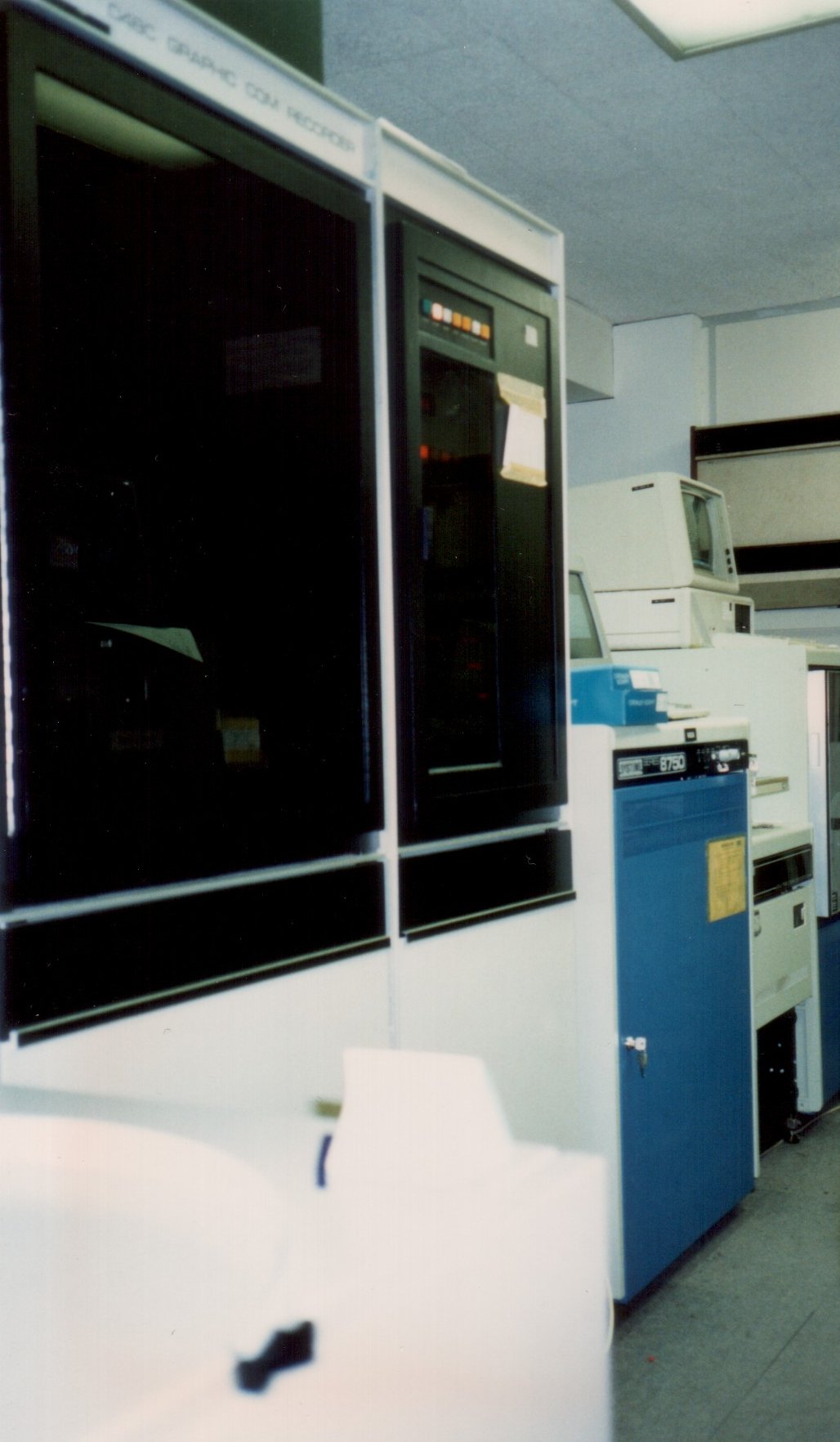U.L.C.C. in the 1970s

U.L.C.C. Building
The University of London Computer Centre (ULCC) was established in 1968 to provide a central
computer service for the University of London based on CDC mainframes.
Initially, a CDC 6600 formed the heart of the service. Later a 6400 and Cyber 72 were
added to support some interactive access and networking. In 1972, a CDC 7600 was added
and ULCC became a "regional service" for universities in the South East of England.
This "CDC era" came to an end in 1982/3 when the CDC equipment was replaced with an
Amdahl V470 IBM compatible mainframe running MVS front-ending a Cray-1S/1000
(running COS). I recall the change to the Amdahl was quite unpopular
with users at the time. With this
equipment, ULCC became a U.K. national resource for vector supercomputing. The Cray
was later upgraded to a Cray-1S/2200 and finally a Cray-XMP/28. The "Cray era" came to
an end in about 1991/2.

Cray XMP at U.L.C.C. in the late 1980s
ULCC then continued to provide a high performance computing service for the University
based on Convex machines (running Unix) until around 1996.
Today ULCC provides expertise in digital data preservation, infra-structure services in
the form of a data center for use by educational institutions and businesses, expertise
in networking and in educational software (virtual learning environments and electronic
student portfolios). The current ULCC website can be found here.
I have two "artifacts" from the "CDC era" of ULCC here:
- A scan of the "ULCC User Guide" as it was in about 1980
(in PDF format). The User Guide consists
of a large number of "ULCC Bulletins" written in the 1970s. These describe just about
every aspect of ULCC at the time that might be relevant to a user of its services.
Included are quite complete descriptions of the hardware configuration and available
software. ULCC was a "batch production shop" primarily and the high level languages provided
reflect that - the advice was to use Fortran unless you had a very good reason to do
otherwise. Algol 60 was also available, as was COMPASS (of course) and LISP 1.5 (either
in batch (!) or via the quite limited interactive service on the 6400). Before 1980
Algol 68 must have become available (I used it quite a lot in 1979-80) although the User
Guide explicitly states only Algol 60 was supported. Interestingly, Imperial College
(part of the University of London) operated its own CDC based computer service at that
time and it had a much wider range of languages available and a much greater emphasis on
providing an interactive service (which worked amazingly well as I recall - it was
possible to be working quite happily when sharing the machine with 150
other users!). I.C. used NOS/BE and NOS rather than SCOPE as ULCC did.
- Information on the DIMFILM graphics package written by Dr. John Gilbert of ULCC to
drive a Calcomp 1670 microfilm recorder and later re-written for the "Cray era" to drive
a Dicomed D48C colour film recorder. Using source code supplied by Dr. Gilbert and
Dr. Adrian Clark of Essex University, I "reconstructed" a working version of DIMFILM for
(emulated) CDC mainframes under NOS and for Linux. The "reconstruction" was necessitated
by the disappearence of the original font files, which I replaced with Hershey fonts (with
some loss of functionality). Although the DIMFILM software is not available at this site, the
manual is available here and some more information about its
"reconstruction" with examples of its output is available here.
The provision of national level high performance computing for academia has moved away from London
with the U.K. National Supercomputing Service being based around the HECToR machine at Edinburgh.
This is a Cray XE6 with a theoretical peak performance of 800Tflops, which came in at 35 in the
November 2012 Top500 supercomputer list. Other U.K. academic computer facilites include "DIRAC",
also at Edinburgh (IBM BlueGene/Q - 23 in the Top500) and "BlueJoule" at Daresbury (also an
IBM BlueGene/Q - 16 in the Top500 list).
In addition to the (then) world class high performance computers at U.L.C.C. in the CDC era, there
were the film recorders noted above.
These were effectively another "national resource", with the only comparable
machines available to academia at the time being the Stromberg-Carlson SC4020 and, later, the III FR-80
at the Atlas Computer Laboratory (later Rutherford-Appleton Laboratory). I became very familiar
with the Dicomed D48C in a very different context from U.L.C.C. as it was the main output device
at Electronic Arts (not the huge games company, but a pioneering British computer animation
house) and Amazing Array Productions (the successor to Electronic Arts). A rather poor picture of
the Dicomed is shown below (which I took in 1990, just before AAP closed down)
with a picture from an ad for the Calcomp 1670
from 1970 (and which is very much of its era!).


Film Recorders Used at U.L.C.C. -- The Calcomp 1670 and Dicomed D48C (neither the ones at U.L.C.C.!)
It is hard to believe how rare and expensive facilities
to record moving images generated by computer were until quite recently. Now we can output to any
number of video container formats and standard disks are quite fast enough to replay "flipbooks"
of individual image files at real time rates (at quite decent resolutions too). Before the late
1990's, though, seriously "big iron" was required.
Go home ...




